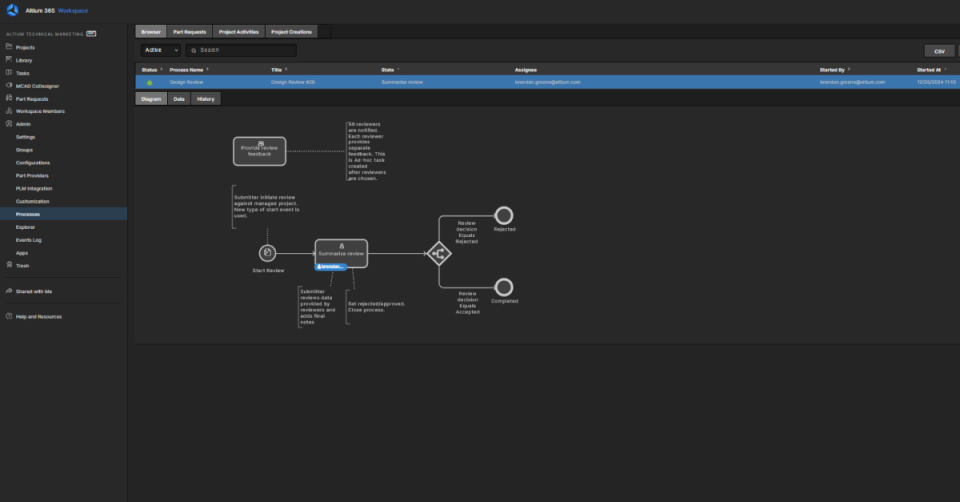PCB Data Management
A lot of data is generated during the PCB design process, and your design data must be maintained well beyond the end of the design phase. Effective PCB design software ensures long-term and short-term secure storage of your design data and PCB design reuse, and also provides the ability to share data with stakeholders. Browse our library of resources on PCB design data management to learn more.












